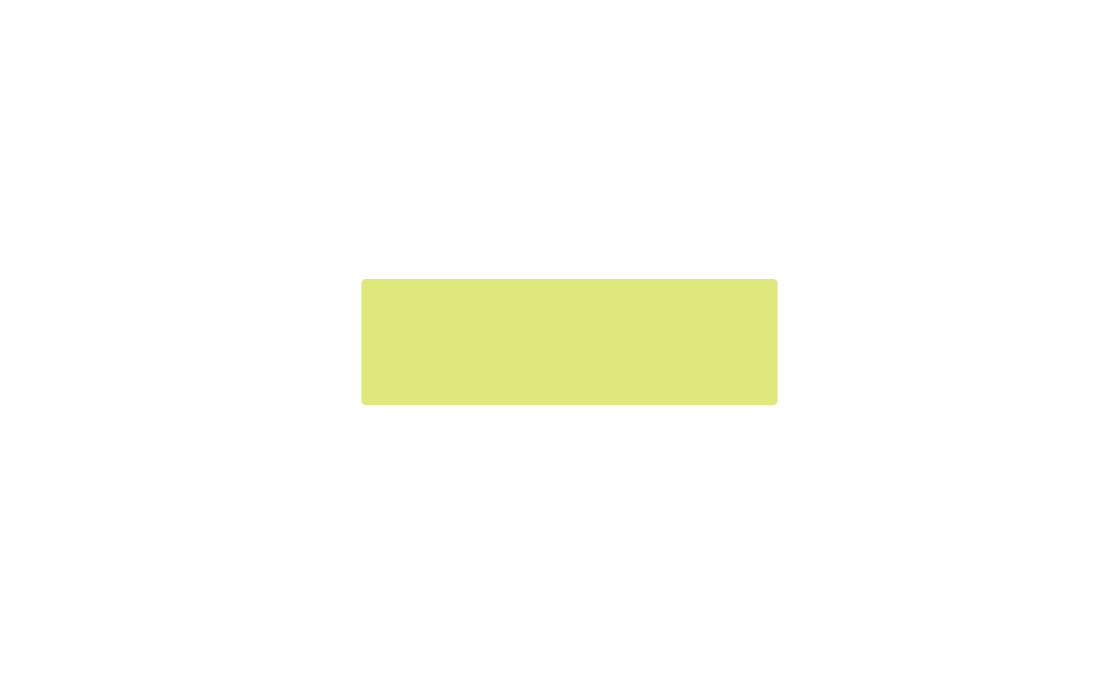The holy grail of UI design and development for years has been producing modular elements that can be reused indefinitely after initial inception. It is pretty standard that certain design elements are reused across projects like buttons, inputs, tabs, etc. However, correctly positioning them as part of a page requires knowledge in both design and development. For this reason, reusable page templates and page sections (modules)are created to improve design and development efficiency. In this article, we will evaluate the pros and cons of both.
Templates are designs of complete pages that have editable content and imagery. Page templates have been a regular go-to for web developers to showcase a unique design with a versatile purpose. With a page template, you can pick the type of content a page should have, structure a layout, and then populate with the provided copy and media.
But what if you removed the constraints of a defined page layout and gave users the option to make each page unique, all while keeping the simple editing features? This is the idea behind module-based template building.
Modules are sets of components that can be designed to fit any type of content. They always span the width of the browser and are stacked vertically one after the other. What page templates do for the whole page, modules do for horizontal blocks: they have a defined type of content with a defined layout. A single module can be used on multiple pages, which in turn significantly speeds up development time.


Today, page builders are becoming increasingly popular with more tech-savvy creators and larger sites. They use modules as a more flexible design approach for pages. It is important to note, Maintaining the overall design can become difficult in some cases, as an individual module can deviate from industry or brand standards if adjusted improperly. It is important to not deviate too far from UX standards while also following best practices content.
Whether selecting templates or modules – there is no perfect solution. Each approach needs to be fitted to the builders’ needs and capabilities; however, utilizing modules to build new pages provides greater flexibility and increases turnaround for new pages.